Olive trees produce the olive fruits, which are popular for how they add depth and flavour to cuisines—from salads to sandwiches, casseroles, paired with cheese and crackers, and many more.
There are so many other uses for the fruits of the olive tree. Its various benefits make it widely cultivated in many countries.
It is possible to grow your own olive tree to enhance the beauty of your surroundings and enjoy its delicious fruits as well.
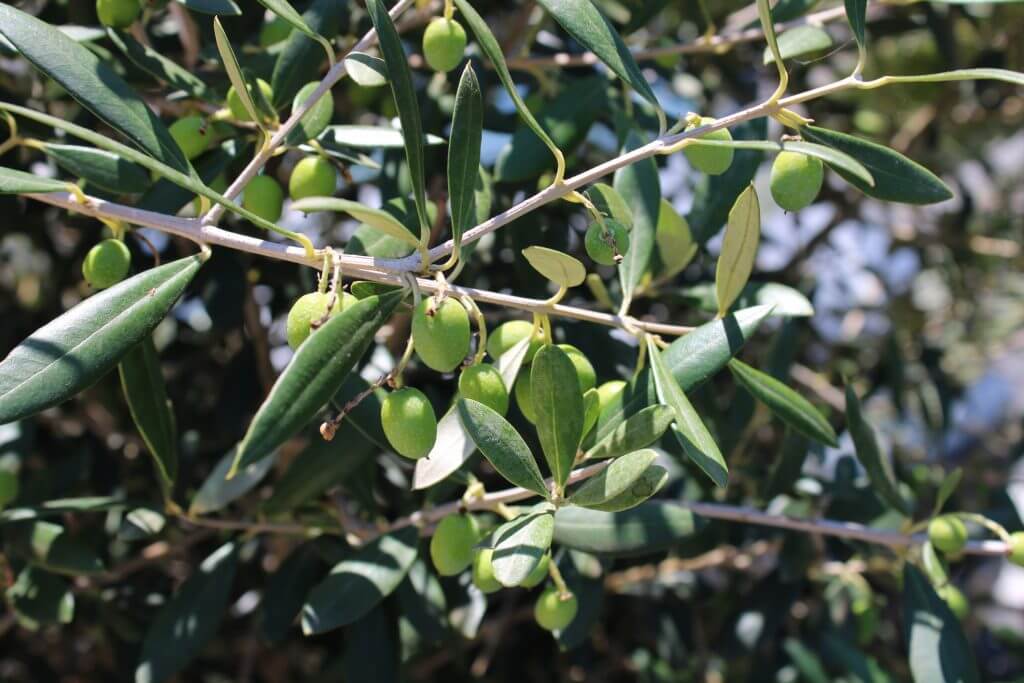
The Basics of Olive Tree
Olive trees or Olea europaea is a species of small evergreen trees native to the Mediterranean, Europe, Africa, and Asia.
This tree is cultivated in the Mediterranean, South America, Australia, New Zealand, United States, Mexico, China, and India.
Olive trees are small and grow to about 26 to 49 feet (8 to 15 metres) tall. Its trunks are typically twisted and gnarled.
Known for its fruit, olive trees produce a small fruit classified as a drupe, about 0.4 to 1 inch (1 to 2.5 cm) long. Olive fruits are harvested when they are green to purple.
Olive trees start bearing fruit on their 4th to 8th year. Mature fruits are used for oil extraction, while immature ones are processed for food. Unprocessed olive fruits are inedible.
The leaves of the olive tree are silvery-green and oblong, about 1.6 to 4 inches (4 to 10 cm) long and about 0.4 to 1.2 inches (1 to 3 cm) wide.
Its flowers bloom in late spring and are small, white, and feathery. Some of the flowers are only male, while others are perfect and contain both male and female parts. These perfect flowers will be able to develop into olive fruits.
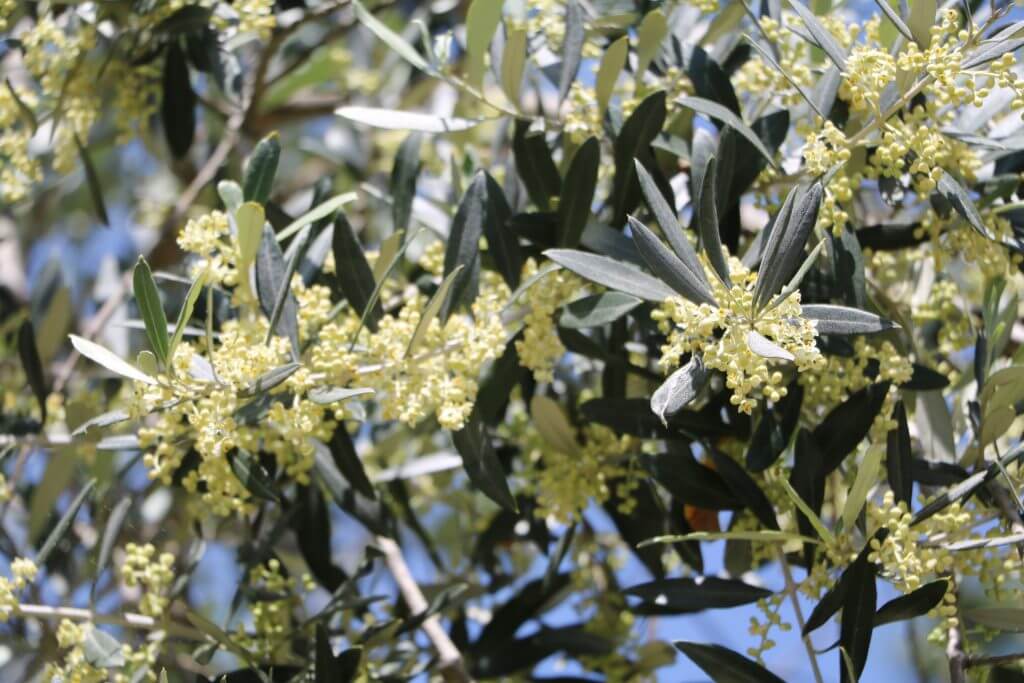

Planting Your Olive Tree
Olive trees grow in a Mediterranean climate. They need warm summers and around 200 hours of winter temperatures below 45 °F (7 °C) but above 20 °F (-7 °C).
Anything below 20 °F (-7 °C) will damage your olive tree, and it could die if the temperature goes below 10 °F (-12 °C).
Choose a position that is full sun, with rich and well-drained soil.
Plant your olive trees in autumn to give it more chance to establish well over the winter. Just make sure that the temperatures will not go below 30 °F (-1 °C) over the winter.
If you cannot plant in autumn, wait until spring to plant your olive trees when there is no more danger of frost.
When planting your own olive tree, take note that seedlings will usually produce fruits inferior to the one where you got the seed.
If you want your olive tree to produce good quality fruit, a better choice is bud or graft your seedlings.
Another option is to use cuttings from either hardwood or leafy cuttings. Root your cuttings in a propagating frame and give them mist sprays.
You can also get young olive trees from nurseries. These trees are usually about two years old.
You can plant your olive trees in a container until they are about 3 feet (1 metre) tall. Do not let them grow in containers beyond this size or your olive tree will stay root-bound and will no longer actively grow.
When planting multiple olive trees, give them about 20 feet (6 metres) of space in between. If you have limited space to plant olive trees, it is best to choose a compact variety. Even if you have a compact tree, still provide them with enough space and prune the olive trees to keep them compact.
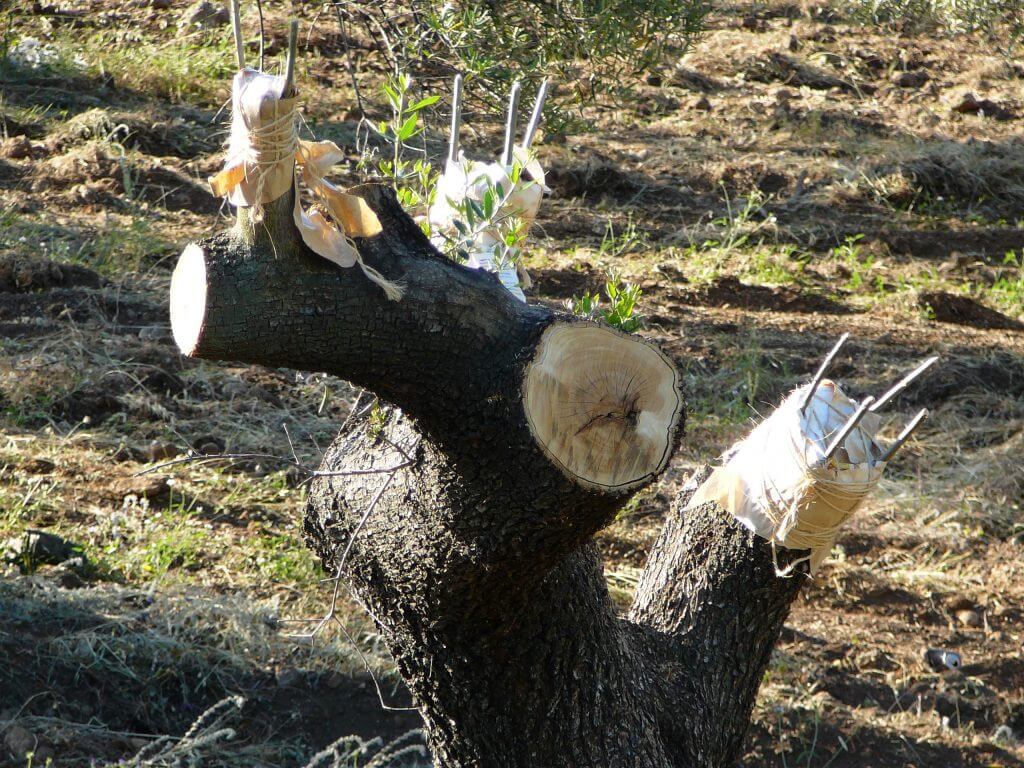

How to Plant Your Olive Tree
Once your olive trees are big enough to be planted on the ground, dig a hole that is about the same size as the container it was in.
Make the planting hole about an inch (2.5 cm) shallower so that the top of the root ball sits above the grade.
If it is too leggy or top-heavy, stake it and tie loosely, or prune the ends of the top branches.
Make sure that the olive tree is well-watered before planting.
As you remove the olive tree from the container, examine its roots. If the roots seem fine, do not disturb it as much as possible. Cut or untwist circling roots if there is any.
Olive trees need to grow into the native soil, so do not add compost, soil mix, or fertiliser to the planting hole. Adding these into the planting hole will limit the root growth of your olive tree into the native soil.
Place the olive tree into the hole slightly higher than the grade level. Use the original soil to backfill.
Caring for Your Olive Tree
Stay on top of weed control, especially for newly-planted olive trees, until their first few years. Ideally, there should be no weed within 3 feet (1 metre) of young olive trees.
You can mulch your olive tree to keep weeds away and retain moisture in the soil.
Water your olive trees every day in the summer. Take care not to wet the trunk.
After that, water about twice a week or until the soil gets slightly dry.
Feed newly-planted olive trees in spring, but only after good growth begins. You can use organic fertilisers or compost.
Prune your olive trees to shape on its 4th to 6th year. Pruning young trees too much will stunt your olive tree’s growth.
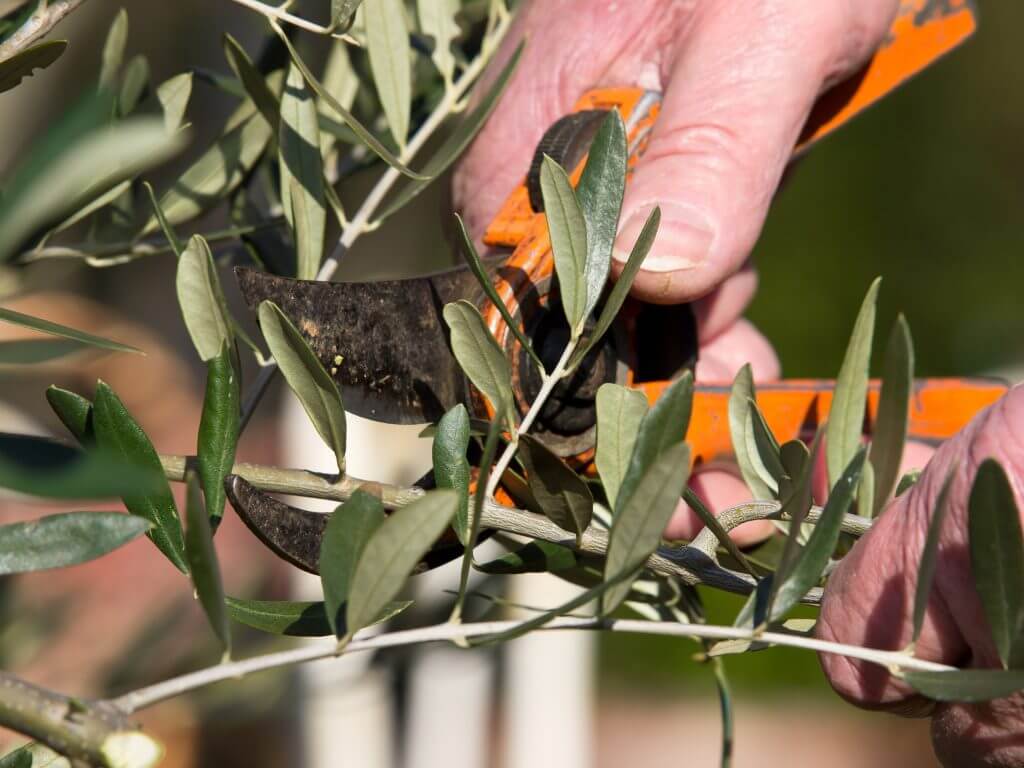

Common Problems with Olive Tree
The best defence against pests, sickness, and infectious diseases is to keep your olive trees healthy.
Olive trees will not do well if the temperature drops below 20 °F (-7 °C). You will notice leaf and stem damage if the tree is exposed to these temperatures.
Your olive tree is unlikely to survive at temperatures below 10 °F (-12 °C).
Common olive tree pests are black scale (Saissetia oleae), parlatoria scale (Parlatoria oleae), woolly apple aphid (Eriosoma lanigerum), garden weevil (Phlyctinus callosus), Rutherglen bug (Nysius vinitor), olive fruit fly (Bactrocera oleae), and olive lace bug (Froggattia olivinia).
Olive tree diseases include anthracnose and peacock spot.
Anthracnose (Colletotrichum gloeosporioides) is an issue on ripening olives in moist conditions. Prune to allow more air to circulate the tree. A copper insecticide will address this issue and prevent the infection.
Olive leaf spot or peacock spot (Spilocaea oleagina) is a fungal infection on the olive tree. It will cause round lesions that start faint and become darker as the disease progresses. This infection can cause leaf drop, and a severe case will even completely defoliate your olive tree.
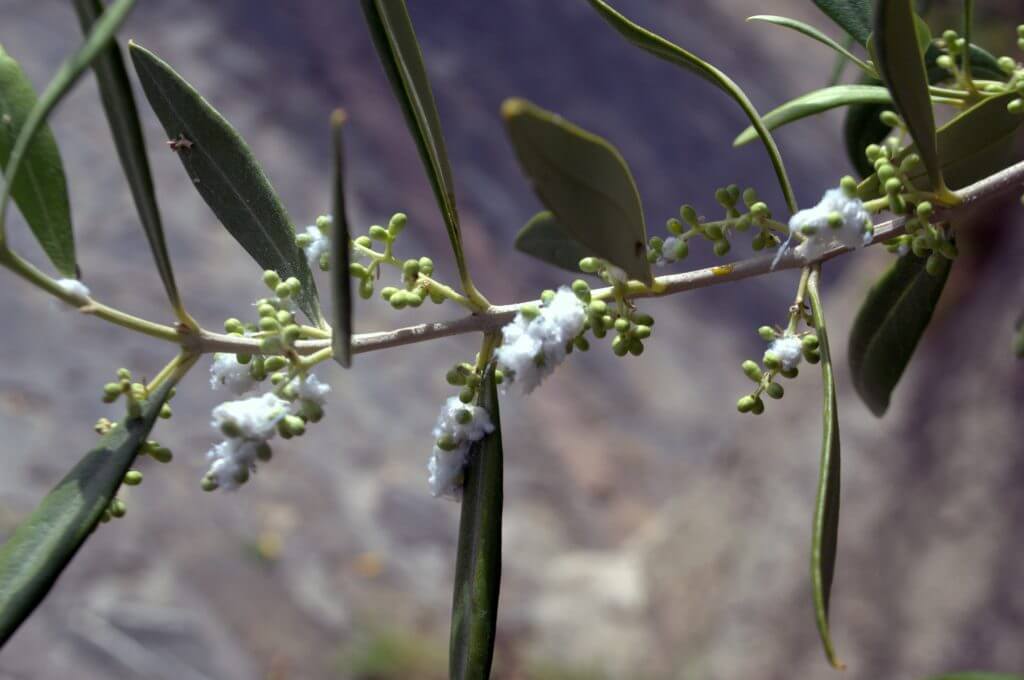

[elementor-template id=”4604″]
[elementor-template id=”6387″]
